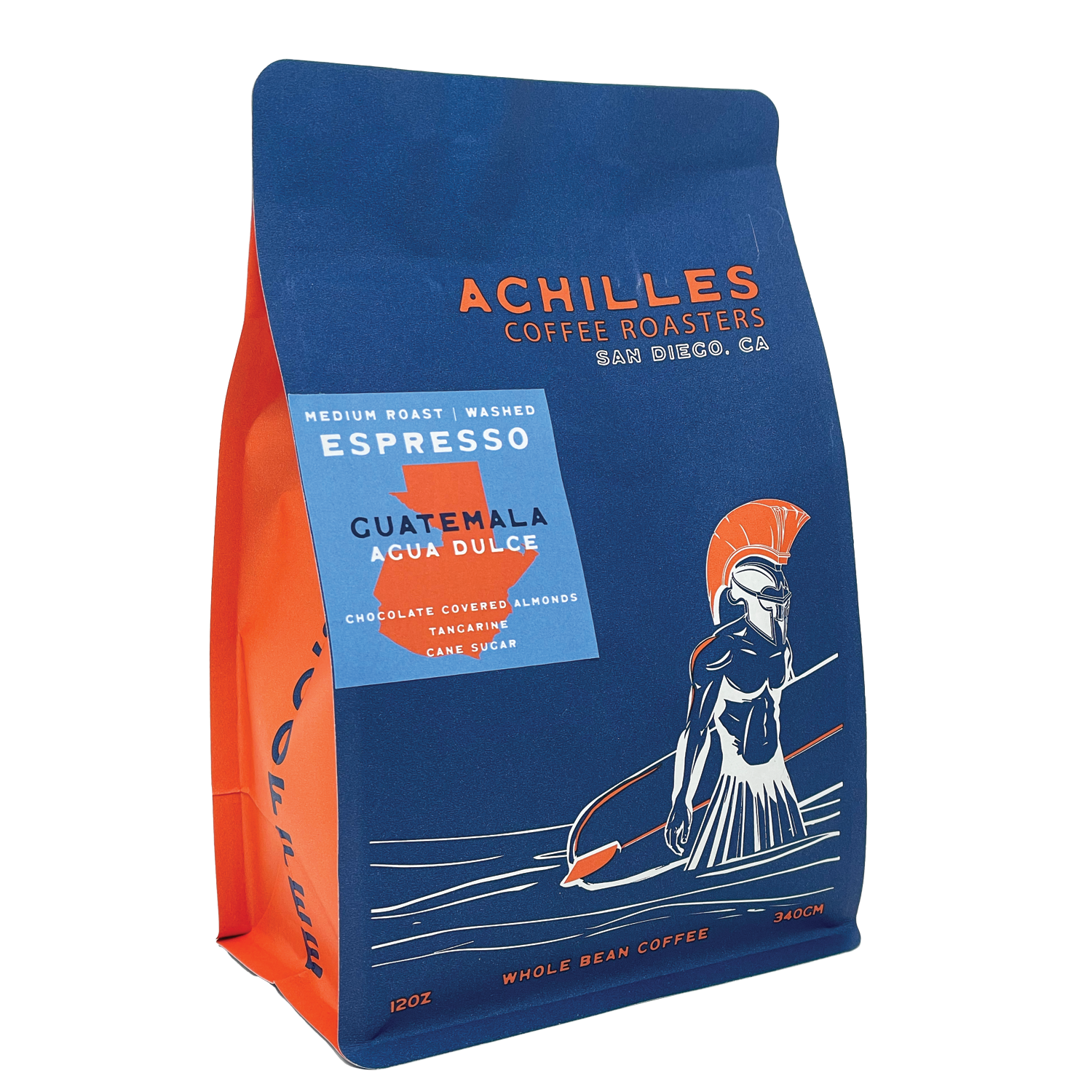What Makes SOE Single Origin Espresso Different from Mixed Roasts
What Makes SOE Single Origin Espresso Different from Mixed Roasts
Blog Article
Coffee Beans 101: Every Little Thing You Need to Find Out About Coffee and Blended Coffee Beans
When it pertains to coffee, comprehending the nuances of espresso and blended beans can change your daily mug. You'll find the distinct features of Arabica and Robusta beans, and exactly how each impacts taste and high levels of caffeine material. From the growing process to roasting strategies, every step contributes in your coffee experience. What makes the ideal mixture? Allow's check out the vital components that add to an outstanding cup of coffee.
Recognizing Coffee Beans: Types and Ranges
When diving into the globe of coffee, recognizing the kinds and ranges of coffee beans is necessary for every single fanatic. You'll largely come across 2 primary varieties: Arabica and Robusta. Arabica beans are understood for their smooth, complicated flavors and lower high levels of caffeine content, making them a preferred among coffee aficionados. On the various other hand, Robusta beans pack a strike with a stronger, a lot more bitter taste and greater high levels of caffeine levels, often utilized in espresso blends.
Ethiopian Yirgacheffe uses bright flower notes, while Colombian beans provide a well-balanced taste profile. By familiarizing on your own with these beans and their flavors, you'll boost your coffee experience and make more enlightened choices in your brewing journey.
The Growing Refine: From Seed to Bean
When you check out the journey of coffee, it all beginnings with seed choice methods that establish the structure for high quality. From there, growing and collecting play important roles in making sure the beans grow. Finally, handling approaches transform those harvested cherries right into the coffee beans you love.
Seed Option Techniques
Choosing the ideal seeds is important for creating high-quality coffee beans, as it lays the structure for the entire growing procedure. You ought to start by choosing seeds from trustworthy resources that prioritize high quality and hereditary variety. Search for ranges recognized to grow in your specific environment and soil problems. Take note of the seed's age and storage space problems, as fresh seeds have a tendency to germinate far better. When feasible, go with natural seeds to minimize direct exposure to damaging chemicals. Consider the disease resistance of different ranges, as this can considerably affect your yield. Lastly, don't think twice to talk to regional farmers or specialists to gain understandings right into the best seed options for your region. This understanding will certainly improve your coffee-growing experience.
Cultivation and Harvesting
As you support your coffee seeds right into flourishing plants, understanding the farming and harvesting procedure is important for attaining the very best taste and quality. Beginning by growing your seeds in well-draining dirt, preferably in a shaded location to protect them from straight sunshine. As your plants grow, maintain regular wetness, and bear in mind their need for nutrients. Prune frequently to advertise airflow and healthy development.
When it comes time to harvest, look for ripe cherries, which normally transform a lively red. Hand-picking is typically the very best technique to guarantee just the ripest cherries are selected. Timing is essential; gathering prematurely or also late can impact the flavor account of your beans. Accept persistence and care, as this is where high quality starts.

Handling Techniques Discussed
Once you have actually gathered your coffee cherries, the next vital step is refining them to transform those vivid fruits into the beans you'll brew. In the dry procedure, you spread the cherries out in the sunlight to dry, permitting the fruit to ferment and present distinct tastes to the beans. Comprehending these techniques is crucial to enjoying your coffee experience.
Roasting Techniques: Just How Taste Is Established
When it pertains to toasting coffee beans, recognizing roast degrees is key to disclosing their unique tastes. Each roasting strategy impacts the aroma and improves the flavor development process, providing you a richer coffee experience. Allow's check out how these elements integrated to raise your daily brew.
Roast Degrees Discussed
Roast degrees play an important function in forming the flavor profile of your coffee. You'll delight in brilliant acidity and fruity notes when you choose a light roast. As you relocate to a medium roast, you'll notice a balance of sweetness and intricacy, typically highlighting chocolate or caramel tastes. Dark roasts, on the other hand, supply vibrant, smoky features with less level of acidity, making them durable and abundant. Each level results from different roasting times and temperature levels, affecting the beans' chemical composition. By comprehending these levels, you can much better select a coffee that matches your preference choices. Experiment with different roasts to uncover which one reverberates with you, improving your general coffee experience and enjoyment.
Influence on Aroma
The roast degree not only affects the preference of your coffee yet additionally substantially affects its scent. Each toasting method launches different unstable compounds, shaping just how your coffee smells. Additionally, the quality of the beans plays a vital duty; newly roasted coffee releases extra aromatic oils, enhancing that enticing aroma.
Flavor Advancement Refine
As you explore the taste development process, you'll find that roasting techniques play a vital function fit the taste account of your coffee. The toasting temperature level and time directly influence the level of acidity, sweet taste, and resentment of the beans. Light roasts maintain more of the bean's initial tastes, highlighting flower and fruity notes. Tool roasts balance acidity and body, providing an all-around flavor. Dark roasts, on the various other hand, highlight vibrant, great smoky characteristics while diminishing the bean's integral high qualities. During roasting, chain reactions, like the Maillard response and caramelization, change the beans and improve their complexity. Trying out with various roasting levels can aid you find your perfect mixture, so don't wait to taste and find the abundant range of flavors!
Espresso vs. Blended Coffee: Trick Differences
Espresso and mixed coffee each offer special experiences that deal with different preferences and preferences. Espresso is a concentrated coffee brewed forcibly warm water with finely-ground coffee beans, resulting in an abundant, bold flavor and a velvety layer of crema on top. It's frequently delighted in as a shot or utilized as a base for drinks like coffees and lattes.
On the other hand, combined coffee incorporates numerous beans from different regions, developing a more balanced taste account. You'll often locate blends that highlight body, sweet taste, or acidity, making them functional for various brewing approaches. While espresso concentrates on strength, mixed coffee may supply a wider variety of flavors that can change with each sip.
Eventually, your choice in between coffee and mixed coffee come down to your individual preference. Whether you crave review a leisurely mug or a quick shock, both options have something delicious to supply.

Brewing Methods: Opening the Perfect Mug
When it concerns brewing coffee, finding the right method can transform your experience and boost your cup. Each brewing technique has its special beauty and can considerably impact your coffee's taste and scent. For instance, making use of a French press permits you to enjoy a rich and full-bodied mixture, while a pour-over technique provides a tidy, brilliant check this cup with distinct tastes.
If you prefer coffee, buying a quality device can assist you master the art of drawing shots. For comfort, a single-serve case system uses speed without sacrificing taste.
Do not forget regarding cool brew, which provides a smooth, much less acidic coffee suitable for warm days. Experiment with different approaches to uncover what reverberates with your palate.
Tasting Notes: Determining Flavor Profiles
Just how can you absolutely value your coffee if you do not understand what flavors to look for? Sampling notes are your overview to understanding the complex world of coffee. Some coffees might leave a chocolatey or caramel aftertaste, while others may have a bright, clean finish.
Take into consideration the body of the coffee, also; is it ventilated and light or thick and syrupy? Don't neglect level of acidity; a bright acidity can add vigor, while a low acidity might give a smoother experience. By recognizing these taste accounts, you'll grow your link with each cup, making coffee sampling a fascinating journey of exploration.

Tips for Selecting and Storing Coffee Beans
Keeping and selecting coffee beans appropriately can significantly improve your developing experience. Begin by picking high-quality beans that suit your preference. Seek quality; beans baked within the last two weeks are ideal. Inspect the roast date on the packaging, and buy from local stores or reliable roasters.
As soon as you have your beans, store them in an airtight container to avoid exposure to light, moisture, and air. A dark, cool area functions best, so stay clear of maintaining them in the refrigerator or freezer, as this can introduce dampness. Only grind the quantity you need to maintain quality; entire beans maintain flavor longer than pre-ground coffee.
Last but not least, try to use your beans within two to four weeks after opening for peak preference. Complying with these suggestions will ensure your coffee stays savory and pleasurable, raising your day-to-day brew to brand-new elevations.
Regularly Asked Concerns
How Much Time Do Coffee Beans Keep Fresh After Roasting?
Coffee beans remain fresh for concerning 2 weeks after toasting - SOE. You should save them in an airtight container, away from light and dampness. After that, their flavor and aroma begin to reduce significantly

Can I Mix Different Coffee Bean Varieties?
Absolutely, you can blend different coffee bean selections! Try out blends can enhance tastes and develop a distinct taste profile. Simply make certain to balance the toughness and features of each selection for the very best results.
What Is the Ideal Grind Dimension for Espresso?
For espresso, you'll desire a great work dimension, regarding the texture of table salt. This enables suitable removal, leading to an abundant, savory shot. Experiment a little bit to find what matches your taste best!
Just How Does Elevation Affect Coffee Bean Taste?
Altitude affects coffee bean flavor by affecting the growth price and chemical composition. Higher altitudes bring about slower maturation, which improves acidity and complexity, providing your coffee a one-of-a-kind and lively preference you won't neglect.
Exist Decaffeinated Variations of Espresso Beans?
Yes, there are decaffeinated versions of coffee beans. You can delight in an abundant coffee flavor without the caffeine kick. Just try to find "decaf" blends at your regional coffee bar or specialty store.
Coffee Beans 101: Every Little Thing You Need to Know Concerning Coffee and Blended Coffee Beans.
When diving into the world of coffee, comprehending the types and selections of coffee beans is essential for every lover.When it comes to toasting coffee beans, understanding roast levels is key to revealing their distinct flavors. Coffee is a focused coffee brewed useful content by requiring hot water via finely-ground coffee beans, resulting in a rich, vibrant flavor and a creamy layer of crema on top.On the various other hand, combined coffee combines various beans from different regions, developing a more balanced taste account.
Report this page